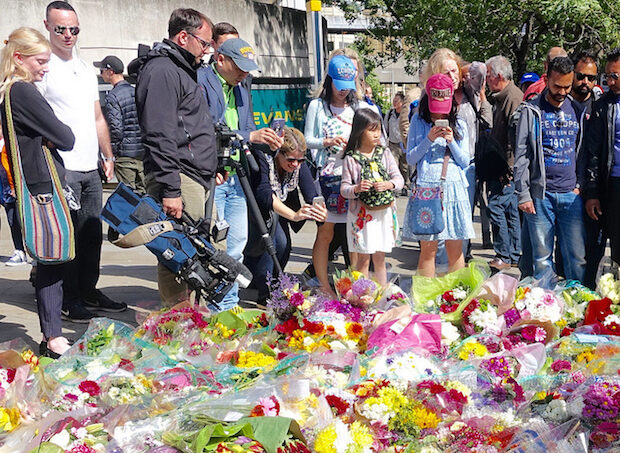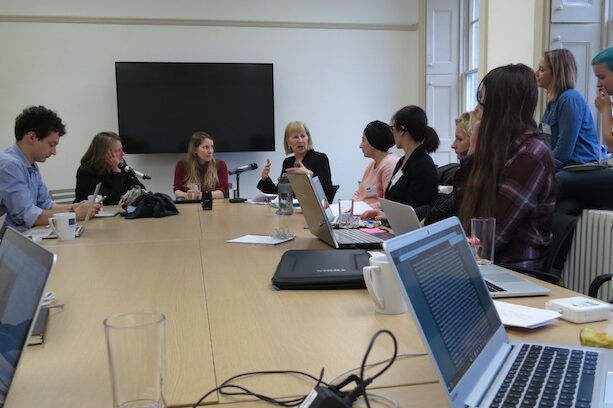Digital technologies are increasingly proposed as innovative solution to the problems and threats faced by vulnerable groups such as children, women, and LGBTQ people. However, there exists a structural lack of consideration for gender and power relations in the design of Internet technologies, as previously discussed by scholars in media and communication studies (Barocas & Nissenbaum, 2009; Boyd, 2001; Thakor, 2015) and technology studies (Balsamo, 2011; MacKenzie and Wajcman, 1999). But the intersection between gender-based violence and technology deserves greater attention. To this end, scholars from the Center for Information Technology at Princeton and the Oxford Internet Institute organised a workshop to explore the design ethics of gender-based violence and safety technologies at Princeton in the Spring of 2017. The workshop welcomed a wide range of advocates in areas of intimate partner violence and sex work; engineers, designers, developers, and academics working on IT ethics. The objectives of the day were threefold: (1) to better understand the lack of gender considerations in technology design, (2) to formulate critical questions for functional requirement discussions between advocates and developers of gender-based violence applications; and (3) to establish a set of criteria by which new applications can be assessed from a gender perspective. Following three conceptual takeaways from the workshop, we share instructive primers for developers interested in creating technologies for those affected by gender-based violence. Survivors, sex workers, and young people are intentional technology users Increasing public awareness of the prevalence gender-based violence, both on and offline, often frames survivors of gender-based violence, activists, and young people as vulnerable and helpless. Contrary to this representation, those affected by gender-based violence are intentional technology users, choosing to adopt or abandon tools as they see fit. For example, sexual assault victims strategically disclose their stories on specific social media platforms to mobilise collective action. Sex workers adopt locative technologies to make safety plans. Young people utilise secure search tools to find information about sexual health resources…
Sharing instructive primers for developers interested in creating technologies for those affected by gender-based violence.





